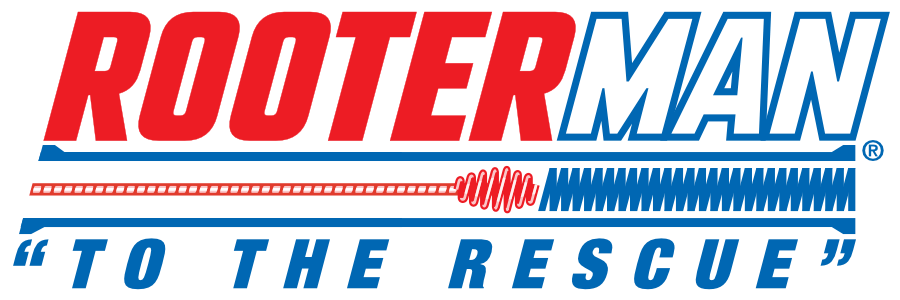Removing Wallpaper: A Project Anyone Can Tackle
Getting Started with Wallpaper Removal
The process of removing wallpaper can be time-consuming, but with the proper preparation and approach, it can be made significantly easier. Before diving into the project, it’s important to gather the necessary supplies and familiarize yourself with the steps involved.
Supplies You’ll Need
To get started with wallpaper removal, you’ll need the following supplies:
– Wallpaper remover solution or a mixture of water and vinegar
– Wallpaper scraper or putty knife
– Plastic drop cloths
– Wallpaper perforating tool
– Sponge or rag
– Bucket
– Painter’s tape
– Protective eyewear and gloves
Preparing the Workspace
Before you start removing wallpaper, it’s essential to prepare the workspace. Start by clearing the room of any furniture or decor that could be damaged or obstruct the work area. Lay down plastic drop cloths to protect the floors and any remaining furniture, ensuring that all surfaces are covered to prevent potential damage from the wallpaper removal solution.
Testing the Wallpaper
Before applying any solution, it’s advisable to conduct a test to determine the type of wallpaper you’re dealing with. Use a putty knife to lift a corner of the wallpaper and check if it’s strippable or non-strippable. Strippable wallpaper will peel off easily when pulled at a corner, while non-strippable wallpaper will require the use of a wallpaper perforating tool to allow the solution to penetrate and soften the adhesive.
Applying the Wallpaper Removal Solution
Once you’ve determined the type of wallpaper, it’s time to apply the wallpaper removal solution. If using a store-bought solution, follow the manufacturer’s instructions for mixing and application. Alternatively, you can create your own solution by mixing equal parts of hot water and white vinegar, which can effectively soften the wallpaper adhesive.
Scraping Off the Wallpaper
After allowing the solution to soak into the wallpaper for the recommended time, use a wallpaper scraper or putty knife to gently lift the wallpaper from the wall. Start from a bottom corner and work your way up, being careful not to damage the underlying wall surface. If the wallpaper proves resistant, you can use the wallpaper perforating tool to create small holes that allow the solution to penetrate more effectively.
Cleaning and Finishing the Walls
Once the wallpaper has been removed, use a sponge or rag and clean water to wipe down the walls and remove any remaining adhesive residue. If necessary, repeat the process of applying the removal solution and scraping until the walls are clean and smooth. Afterward, allow the walls to dry completely before applying any new finish, such as paint or new wallpaper.
In the end
Removing wallpaper may seem like a daunting task, but with the right approach and supplies, it can be made manageable. By preparing the workspace, testing the wallpaper, applying the removal solution, and carefully scraping off the wallpaper, you can achieve a fresh canvas for your home’s new look. With a bit of patience and perseverance, you can successfully take on the task of wallpaper removal.







